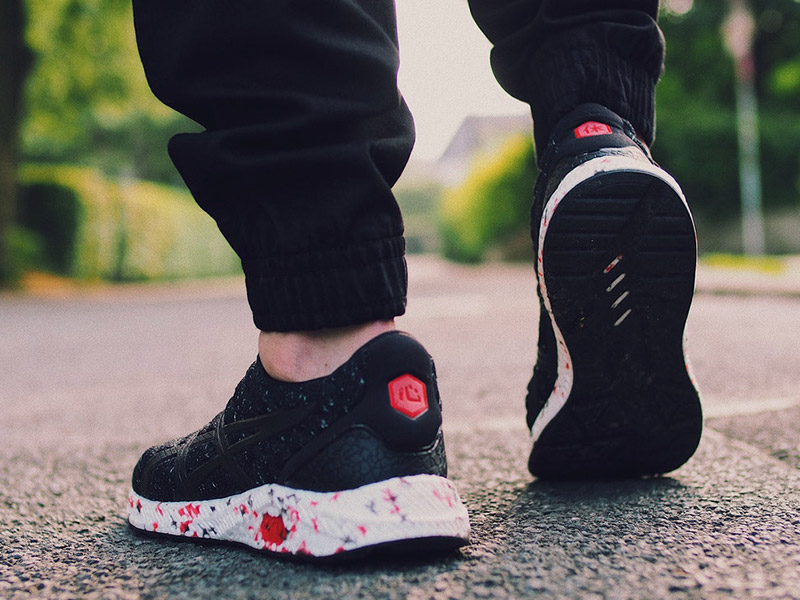Picture this: you have been training all spring to become better at hiking. You have been eating right, running trails and researching the best water bottles. You finally crest the final hill and stand atop the mountain you’ve been eyeing for years. To capture the moment, you take out your phone…and the battery is dead.

WearTech’s insole includes a series of piezoelectric crystals, which create energy in response to mechanical stress.
Always having a ready, charged mobile device on the go can be a challenge. But a team of Drexel senior design students want to make it as easy as putting one foot in front of the other.
An interdisciplinary group of mechanical engineering students Brandon Mok, Nominzaya Munkh-Erdene and Jason Luu and computer engineering students Ronit Singh and Meet Singh — or WearTech, as they have branded themselves — are designing Dragon Soles. The removable insoles use a plate loaded with piezoelectric crystals, which generate an electric charge in response to mechanical stress. That charge is stored in a battery, which can then be used to charge a device.
“The idea came from Dimitrios Fafalis, PhD, assistant teaching professor, who has been studying biomedical engineering and biomechanics,” Mok explains. “In theory, if our design is successful, it can generate an almost unlimited amount of power. As long as you are able to continue walking, you can charge the battery.”
Researchers have been studying the technology in similar applications for some time, but WearTech believes that their design is unique in its functionality across multiple types of shoe.
“Most prototypes that are doing this kind of thing use a full-bodied shoe,” Ronit Singh says. “That limits its commercial viability. By designing it as an insole, people can use it whether they’re wearing boots or sneakers or even dress shoes.”
The team formed when the members separately attended a virtual senior design mixer, where professors pitched project ideas to students.
“Ronnie and I have been friends since freshman year, but we haven’t gotten to take that many classes together because of our different majors,” Mok says. “The mixer helped us find a project that could benefit from multiple majors.”

Working together has also helped the team members get experience with each other’s specialties.
“In general, the mechanical engineers work on the design of the plate and the insole, and the computer engineers work on the circuitry,” Mok says. “But we’re often dabbling in each other’s jobs and working together to solve problems like how to determine how efficient we can make the plate so that it generates the most power possible from each step.”
Because of restrictions put in place due to the pandemic, the team isn’t producing a physical prototype for the project quite yet. But if their projections and modeling continue to show promise, they see potential for its future.
“We’re reaching out the Department of Defense to gauge their interest in the insoles,” Ronit Singh says. “We know they have been exploring similar technologies with boot soles, but this could be an easier, more flexible alternative. This device could be a game changer across multiple audiences.”